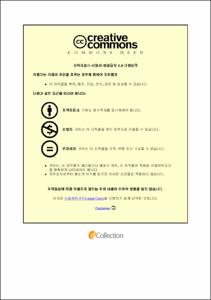Ulsan Univ. Repository
Thesis
General Graduate School
Mechanical & Automotive Engineering
1. Theses (Master)
Biomechanical optimization of the correction angle during high tibial osteotomy using finite element analysis.
- Abstract
- Knee osteoarthritis (OA) is one of the most common chronic diseases of the tibiofemoral joint and one of the leading causes of disability in middle and older ages. High tibial osteotomy (HTO) corrects the lower limb's hip knee angle (HKA), thereby rebalancing the load on the lateral and medial compartments to treat varus deformity. However, while correcting the lower limb HKA, overcorrection and undercorrection often occur. This study uses computer simulations to investigate the effects of overcorrection and undercorrection during HTO surgery. Finite element knee models were established with HTO and three types of undercorrection (three models), neutral position (one model), and overcorrection (three models) based on correction angles. Static structural analysis was carried out using ABAQUS to compare von Mises stress distribution and lateral and medial compartments stress. The results of this study, upon correcting the HKA to the neutral position, the medial compartment stress decreased, and the medial compartment stress slightly increased. Furthermore, correcting the HKA to overcorrection or undercorrection further reduced medial stresses. Furthermore, 2° valgus correction produced the least medial compartment stress and more balanced stress in the medial and lateral compartments. Therefore, minimum undercorrection or overcorrection can optimize the surgical effect of HTO.
- Issued Date
- 2022
- Awarded Date
- 2022-02
- Type
- dissertation
- Alternative Author(s)
- WU HAOYUE
- Affiliation
- 울산대학교
- Department
- 일반대학원 기계자동차공학과
- Advisor
- 염영진
- Degree
- Master
- Publisher
- 울산대학교 일반대학원 기계자동차공학과
- Language
- eng
- Rights
- 울산대학교 논문은 저작권에 의해 보호 받습니다.
- Appears in Collections:
- Mechanical & Automotive Engineering > 1. Theses (Master)
- 파일 목록
-
-
Download
 200000606267.pdf
기타 데이터 / 4 MB / Adobe PDF
200000606267.pdf
기타 데이터 / 4 MB / Adobe PDF
-
Items in Repository are protected by copyright, with all rights reserved, unless otherwise indicated.